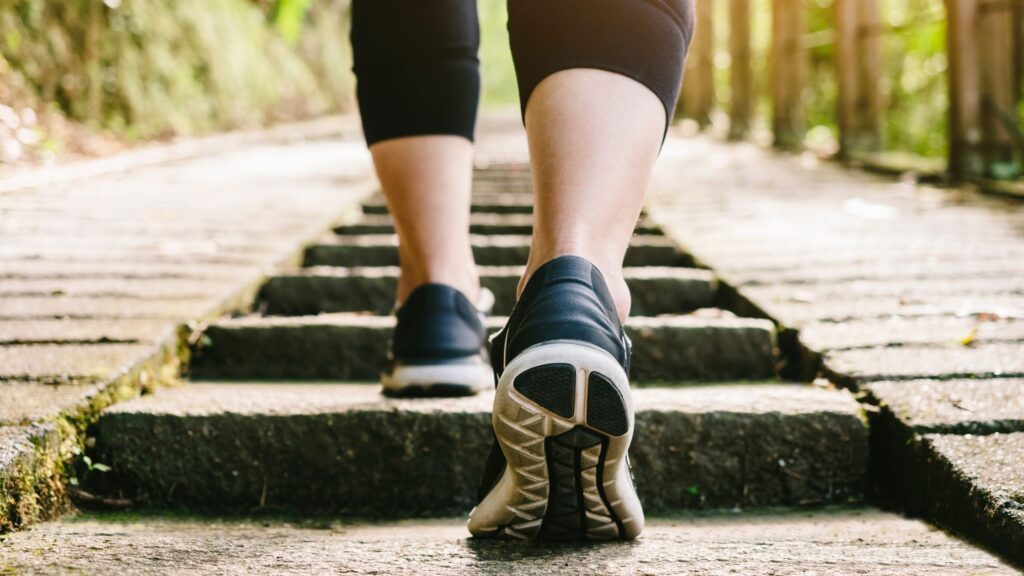Are Trail Running Shoes Good For Walking
Introduction
When it comes to footwear, versatility is key. Many wonder if trail running shoes are suitable for walking. In this discussion, we’ll explore the features of trail running shoes, their benefits and drawbacks for walking, and tips for choosing the right footwear for your walking adventures.
Table of Contents
Trail running shoes good for walking are a versatile footwear choice for those who enjoy both running on rugged terrain and casual walking. These shoes are designed to provide excellent traction, support, and durability, making them a practical option for various activities.
What This Post Covers
This post covers:
- Understanding trail running shoes and their design.
- Pros and cons of using trail running shoes for walking.
- Factors to consider when choosing shoes for walking.
- Tips for maximizing comfort and performance while walking in trail running shoes.

What Are Trail Running Shoes?
Trail running shoes are specifically designed footwear for off-road running on uneven terrain. They typically feature durable outsoles with aggressive traction, protective toe caps, cushioning for impact absorption, and water-resistant or quick-drying materials.
What Does Using Trail Running Shoes Good For Walking Involve?
Using Trail Running Shoes Good For Walking involves:
- Utilizing the shoe’s traction and stability on varied surfaces.
- Take advantage of the cushioning and support designed for running on rugged terrain.
- Considering potential drawbacks such as stiffness or lack of flexibility for extended walking.
Why Are Trail Running Shoes Good For Walking?
Trail Running Shoes Good For Walking because they offer:
- Enhanced grip and traction on uneven or slippery surfaces.
- Supportive midsoles and cushioning for shock absorption during walking.
- Durable construction that can withstand outdoor elements.
- Versatility for transitioning between walking and light trail running activities.
Trail Running Shoes are Good For Walking
The main body elaborates on the features and considerations specific to women’s trail running shoes. It delves into aspects like cushioning, arch support, fit, traction, and durability, highlighting how these elements contribute to a comfortable and high-performing trail running experience for female athletes. Additionally, it may touch upon style preferences, color options, and the role of innovative technologies in enhancing women’s trail running shoe designs.
Trail running shoes good for walking offer several advantages, including superior grip on uneven surfaces, enhanced support for the feet, and robust construction to withstand outdoor elements. While they excel in providing stability and protection during trail runs, their cushioning and comfort also make them suitable for everyday walking. However, some might find them slightly stiffer compared to traditional walking shoes. Despite this, their versatility and performance make them a solid choice for individuals looking to transition seamlessly between walking and running on different terrains.
Pros of Using Trail Running Shoes for Walking
- Traction: Excellent grip on various surfaces, including gravel, dirt, and rocky paths.
- Support: Cushioned midsoles and stability features for comfortable walking.
- Durability: Built to withstand rugged terrain and outdoor conditions.
- Versatility: Suitable for both walking and light trail running activities.
- Protection: Toe caps and rugged materials protect feet from obstacles and debris.
Cons of Using Trail Running Shoes for Walking
- Stiffness: Some trail running shoes may feel stiffer than traditional walking shoes.
- Breathability: Depending on the model, trail shoes may have less breathability for extended walks.
- Weight: Trail shoes may be slightly heavier than dedicated walking shoes.
- Flexibility: Limited flexibility compared to shoes specifically designed for walking.
Factors to Consider When Choosing Shoes for Walking
- Fit and Comfort: Ensure a proper fit and sufficient cushioning for comfort.
- Traction: Look for shoes with good grip on the surfaces you’ll encounter.
- Support: Consider the level of arch support and stability needed for your walking style.
- Breathability: Choose shoes with adequate breathability, especially for longer walks.
- Durability: Opt for durable materials and construction if walking in outdoor environments.

Conclusion
While trail running shoes can be suitable for walking, it’s essential to consider factors such as fit, comfort, support and intended use. They offer excellent traction, durability, and support but may have drawbacks like stiffness or less breathability. Ultimately, choosing the right footwear depends on your walking preferences and the terrain you’ll encounter.
Frequently Asked Question
Can trail running shoes be used for long-distance walking?
Yes, trail running shoes can be used for long walks, but ensure they offer sufficient comfort and support for extended periods.
Are trail running shoes waterproof?
Some trail running shoes are water-resistant or waterproof, but not all models offer this feature.
Do trail running shoes provide enough cushioning for walking on hard surfaces?
Many trail shoes offer adequate cushioning for walking on various surfaces, but preferences may vary.
Can trail running shoes be used for hiking?
Trail running shoes can be used for light hiking on well-maintained trails, but for rugged hikes, consider hiking boots with ankle support.
Are trail running shoes suitable for walking on pavement?
While trail shoes excel on uneven terrain, they can also be used for walking on pavement, but they may wear out faster than shoes designed specifically for urban walking.

My name is Oje and I’m obsessed with finding the latest tech gear to help people track progress and solve problems more efficiently. I spend countless hours researching and testing innovative apps, wearables, and devices for fitness, health, productivity, and more.
